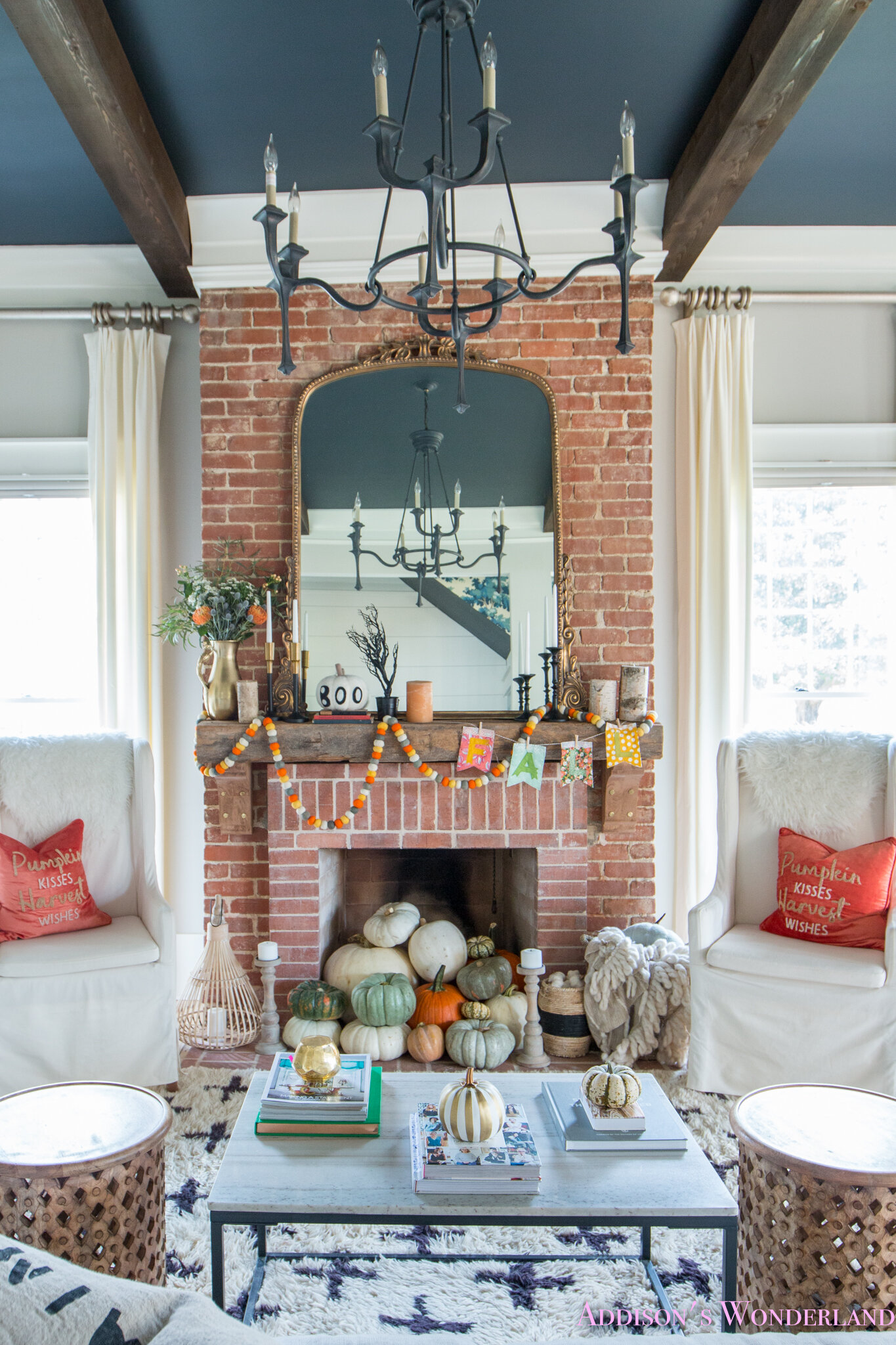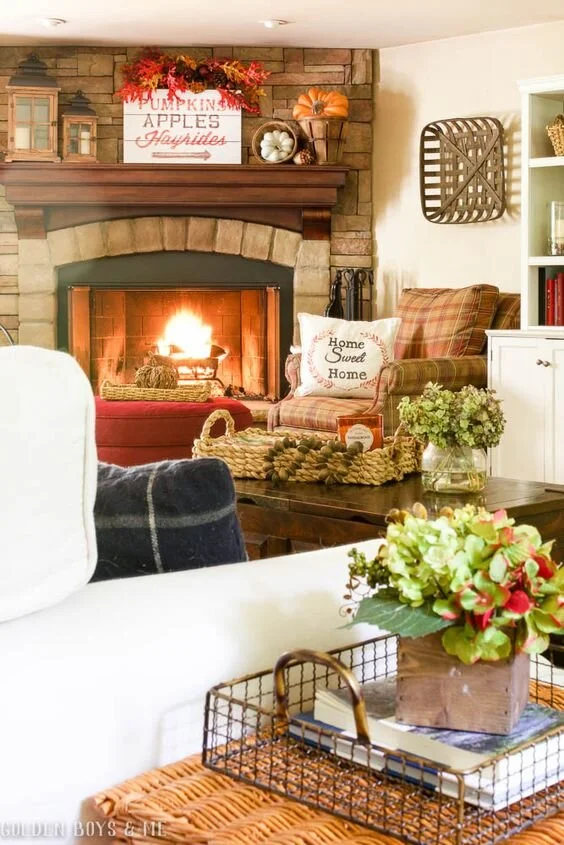Water damage is one of the most common concerns for homeowners. Once it occurs, it can be a major contributor to loss of property. Just imagine when most of your floor is flooded with water. You don't have a place to relax and it might also disrupt your remote working during these unprecedented times.
Water damage from a flood, fire, or leak won't only cause structural problems that can lead to property damage but also increase mold growth, which presents a health risk. So, it should come as no surprise that water damage claims have been growing faster than other homeowner insurance components.
Plumbing issues often cause this common concern. That's why it's crucial to inspect and keep an eye on your plumbing systems in your home regularly. You can also use water pressure in your pool system as an indicator of your water flow and condition. If you're noticing a low water pressure in your pool system or there are more air bubbles than normal, then you're more likely to have a bit of water damage out there.
Don't fret just yet. The good news is that in more than 90% of cases, water damage is quite preventable. These five tips below will help you to improve your water flow condition, preventing water from destroying your home.
#1. Regularly Check Your Water Pipes
The first best practice you can do is checking all the water pipes regularly. Start by inspecting your hoses and faucets. Make sure that they're no cracks, clogs, leaks, or even pipes bust. Next, you can double-check the seal and caulking around your tubs and showers.
While manual checking can be painful sometimes, you can rely on the automated system to alert you whenever a problem occurs. You also need to consider replacing the hoses or pipes you have every five to seven years to prevent any emergencies caused by water damage.
#2. Inspect Your Pool’s Components
As mentioned above, your pool systems can also be a common cause and an indicator of water damage. Therefore, you need to ensure that the circulation of the water isn't restricted.
Don't forget to inspect the setting of the pumps, heaters, filter, and return lines for possible damaged or worn parts. It can prevent the worst before the water rushes in.
#3. Repair Your Home's Exterior
While you're focusing on the hoses, pipes, and pool system, don't also forget to pay attention at the outside of your home. Check your windows, and if there's a space for water to come in, you need to caulk and seal them.
Next, you can check your roof and find out whether there are any missing, damaged shingles or not. Make a regular, necessary repair to prevent a leak. Not to mention that it's also important to clean out the debris from your downspouts that can cause water to build up.
#4. Prevent Water Seepage
Make sure your basement is clear too. Check for any cracks in the building's foundation or floor slabs. If it's necessary, you can reseal your basement to avoid home water damage before it occurs.
Try to constantly look for any water seepage down there, especially during rainy seasons. You might want to seriously consider painting any cracks that can cause erosion with a water sealant.
#5. Ask Professionals to Solve Specific Problems
If you ever find an issue with your water flow, don't rush to fix it by yourself because you might just rub the salt into the wounds. For safety, let the professionals handle some maintenance of your water flow.
Indeed, it's critical to check your water condition regularly. Still, when it comes to identifying and replacing a leaking pump or even an engine, you might leave it to the experts. Thus, calling professionals is the easiest and safest way to deal with your water damage, and it can save you time and energy too.
Conclusion
Water damage can cost you billions of dollars for the reparation. If it is left unaddressed, even a small storm and small leak can cause flooding and destruction to your home. Therefore, while many people do not see this as a common occurrence, water damage accounts for many homeowners' insurance claims. However, whether the water damage is covered under your current insurance policy or not, it's always better to take a proactive approach and protect your home before it's too late.
Guest Contributor: Diana R



































